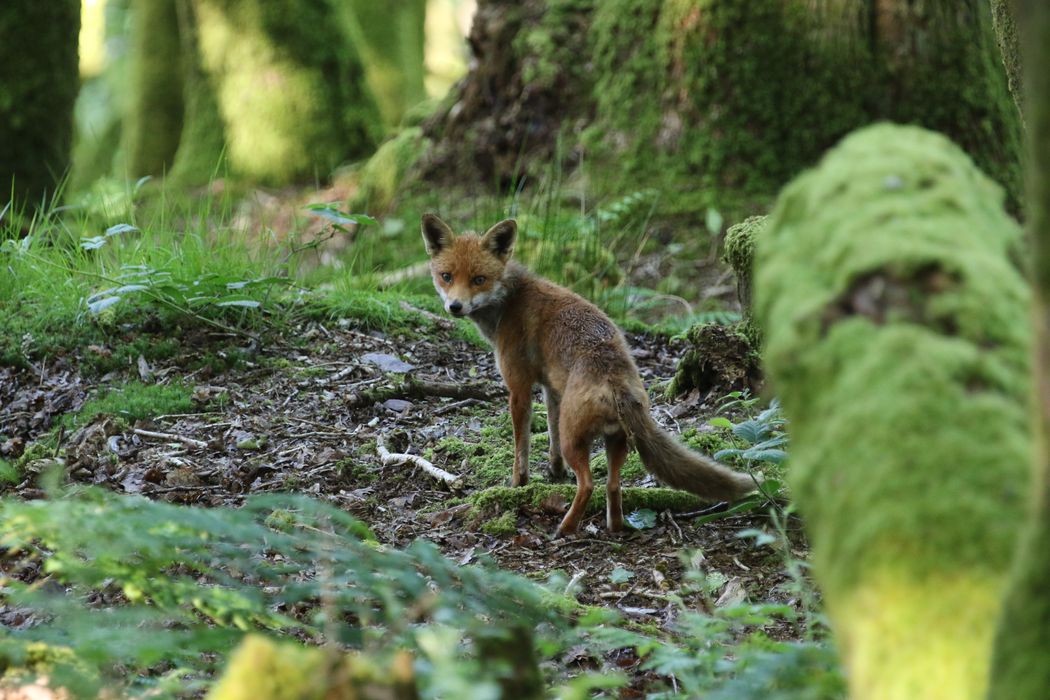Reserves at The League
By Paul Tillsley
Posted 12th July 2024
Once May arrives, we can finally forget about the hunts that plague us throughout the autumn and winter for a short while and concentrate on some of the more pleasant aspects of managing the League’s wildlife reserves.
Fortunately, most of the reserves, excluding Baronsdown, need little in terms of maintenance, but we still need to check them on a regular basis to identify any issues, such as fallen trees, incursions by people, vandalism or fly tipping. Baronsdown is exceptional because of its size and because we have buildings, machinery and vehicles to look after, as well as the wildlife.

We carry out frequent surveys on all of the League’s reserves in order to find out what wildlife is present. Some of this is done using trail cameras, but the most involves walking, stopping, looking, listening, identifying and counting. It is important that we know what wildlife we have on the reserves so we can shape future management plans. It is also great for educational purposes and for telling other organisations about the fantastic work we are doing. In just a few years we have added more that 2,000 species to our database, from tiny insects to enormous stags. Every niche is filled, and all these organisms are constantly interacting to give us the incredible natural environment that we see around us on the reserves.
Another benefit of carrying out surveys is they force you to stop and look at nature in more detail. Even after many years working with nature, I am still amazed at the elaborate and sometimes bizarre lengths both plants and animals go to be seen or not seen, to attract pollinators or mates, and to avoid being eaten, all in the name of producing the next generation. Hardly a day goes by when I don’t learn something new and exciting about the wildlife on the reserves.
Taking time to appreciate nature also makes you realise that you are an integral part of a much greater entity and can help to improve your mental and physical health. Once you make that connection with nature, wanting to protect it becomes the natural thing to do, which is precisely why the League exists.
Paul Tillsley, Head of Conservation & Education
